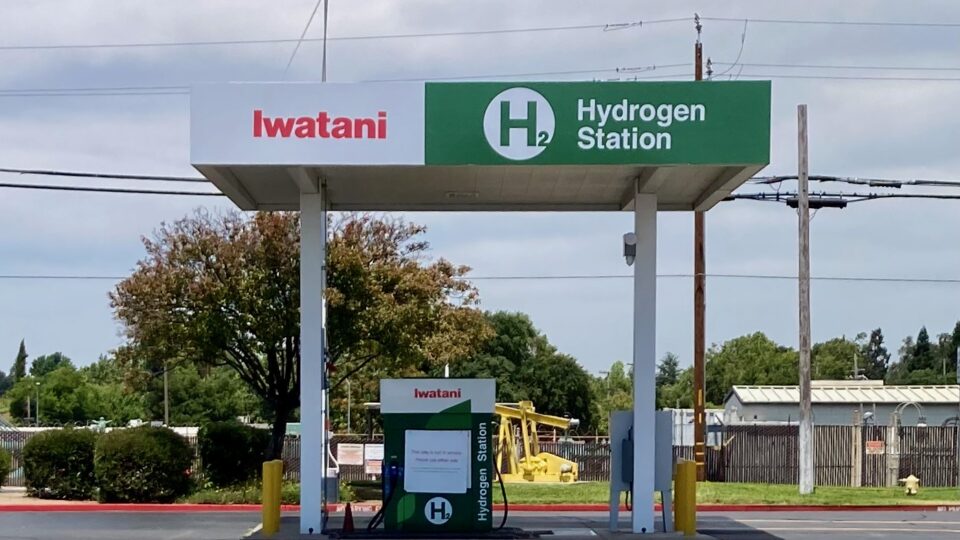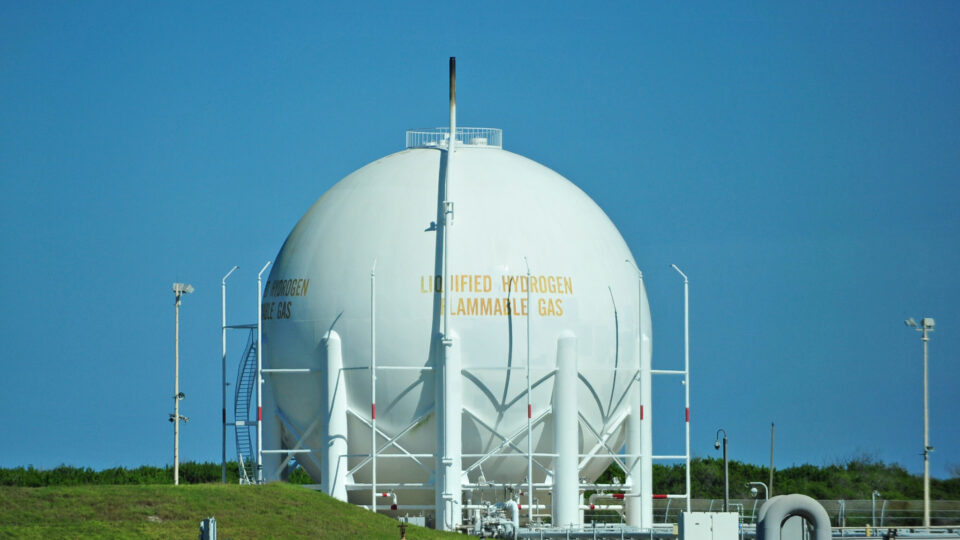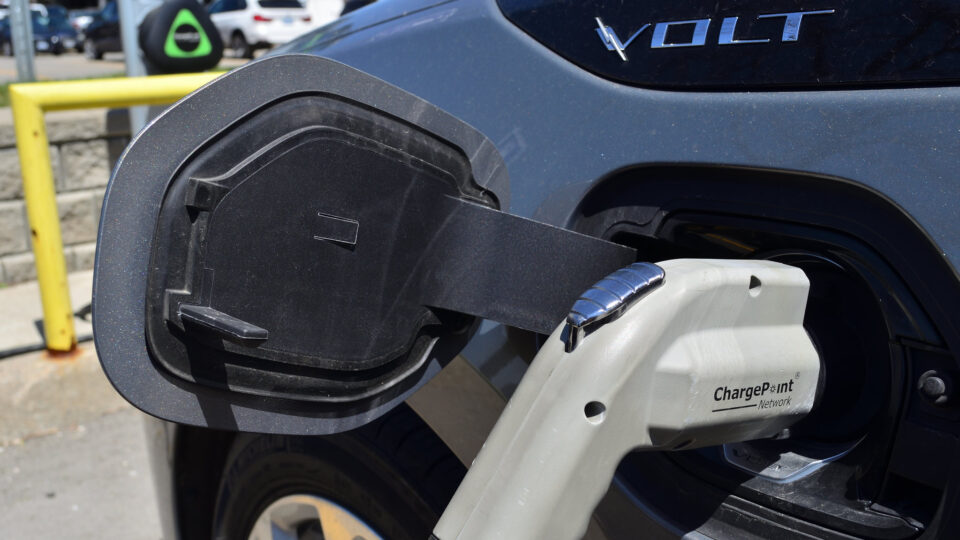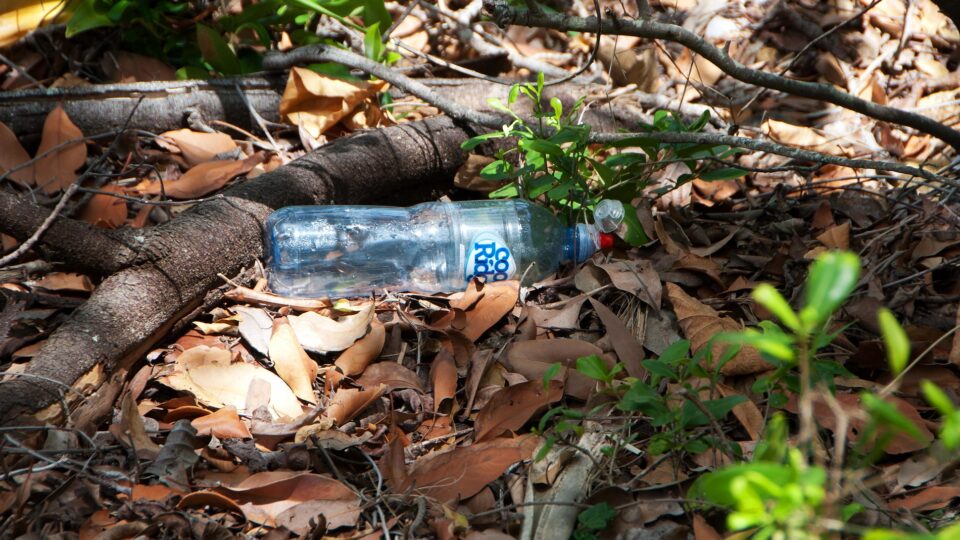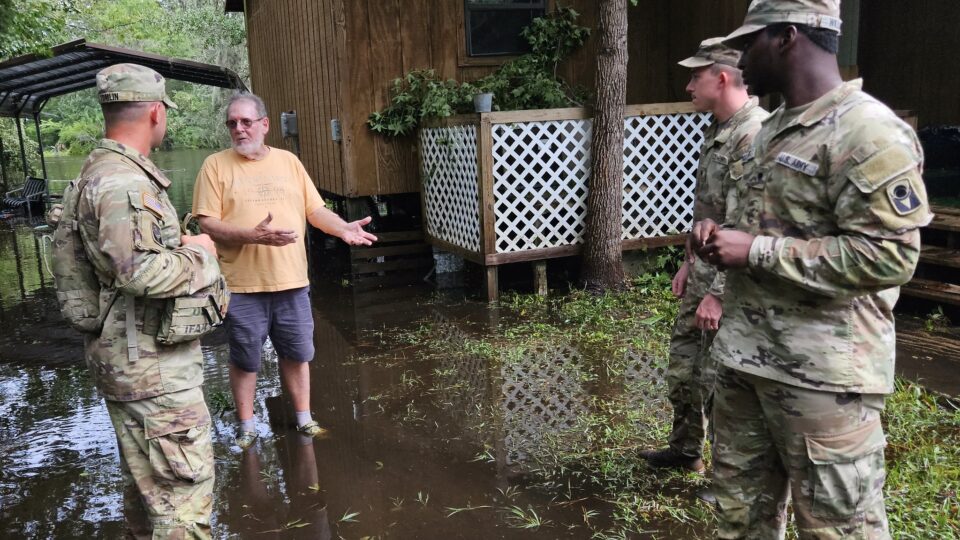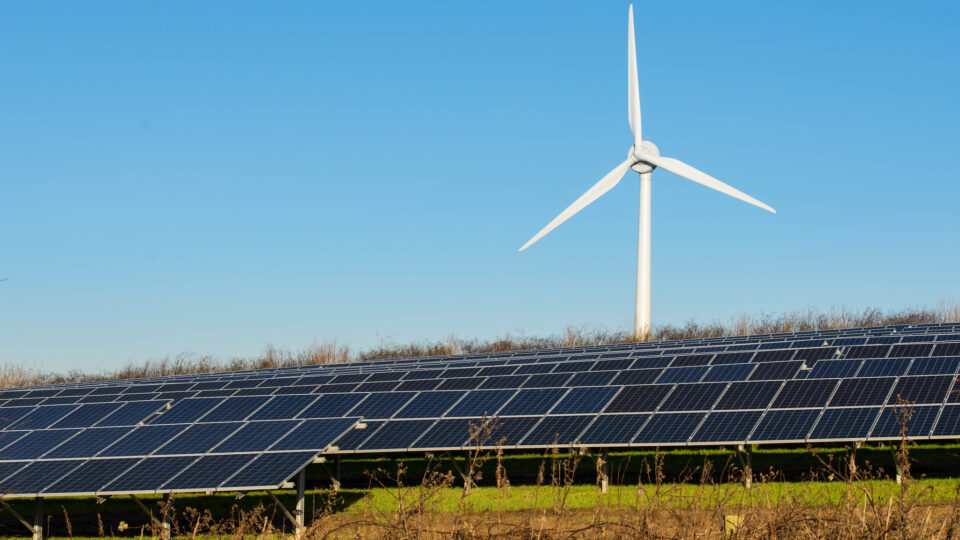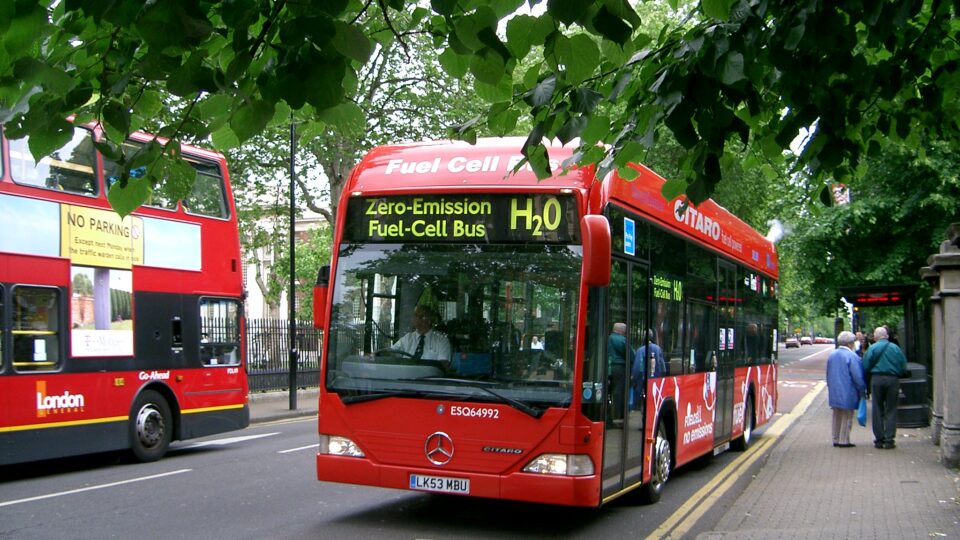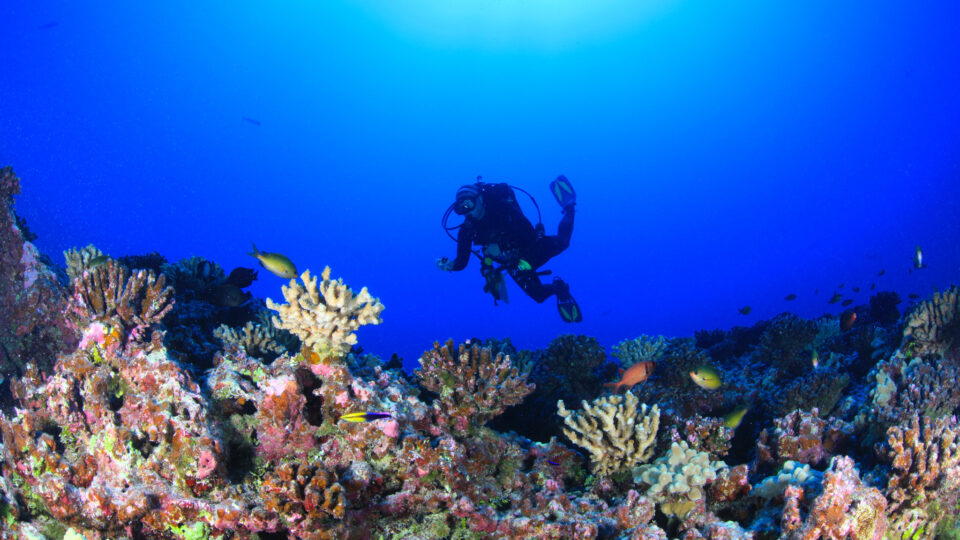Every year, there are one to two million collisions between motor vehicles and large animals in the U.S. About 200 people are killed annually. Counting smaller vertebrates, around a million animals are killed by vehicles each day. Research has shown that global warming is triggering widespread species redistribution. As a result, more and more animals are on the move, changing their habitats to escape warming temperatures and climate extremes.
This situation has created renewed interest in creating wildlife crossings. These are various kinds of structures that allow animals to traverse human-made barriers like highways. They include such things as a grassy overpass that allows pronghorn to run across a highway in Wyoming and a long underpass that allows tigers to scamper beneath a highway in India.
In the U.S., there are more than 1,000 wildlife crossings and there are more being built all the time. Data shows that they are highly effective. A study of wildlife crossings on Highway 9 through the Blue River Valley in Colorado found that they reduced wildlife-vehicle collisions by nearly 90%.
Wildlife crossing structures can be expensive to build, costing between $500,000 and $6 million, but research has shown that the money saved by avoiding crashes can recoup these costs in just a few years along with the fact that they potentially save lives. Federal funding is largely distributed based on areas with the highest number of wildlife-vehicle collisions, which is crucial for addressing public safety issues. However, a recent study suggests that future proposals need to incorporate climate-driven changes in animal behavior and habitat.
**********
Web Links
As Climate Changes Fuels Animal Movement, Will These Structures Still Help Species Cross the Road?
Photo, posted April 5, 2017, courtesy of Jeffrey Beall via Flickr.
Earth Wise is a production of WAMC Northeast Public Radio

